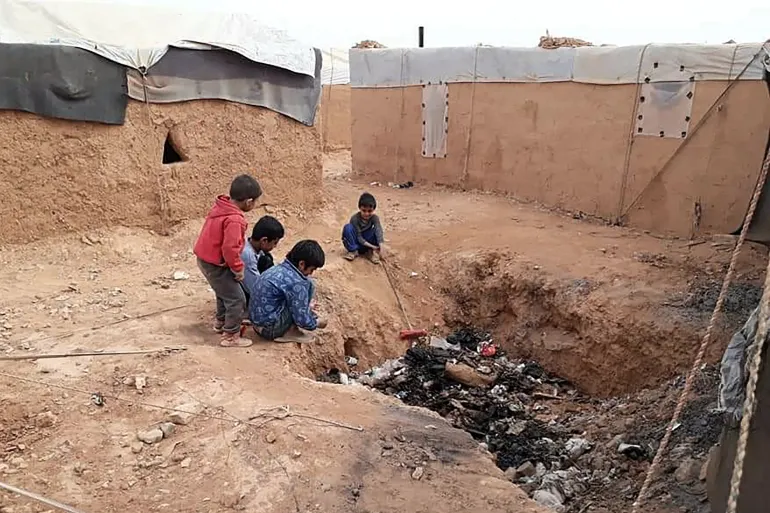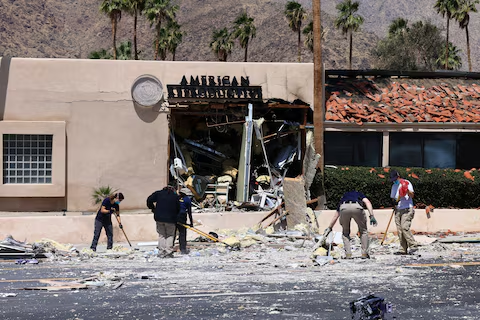The Syrian government has officially announced the closure of the Rukban camp, a desert settlement that once housed tens of thousands of displaced people during the country’s civil war. According to state media and official statements, the final residents have either returned to government-controlled areas or been relocated with assistance from Syrian authorities and allied organizations.
Located near the tri-border area between Syria, Jordan, and Iraq, the Rukban camp was established in 2014 and grew rapidly as people fleeing conflict zones sought refuge in the barren no-man’s land. At its peak, the camp reportedly held over 50,000 people. However, conditions were harsh, with residents facing chronic shortages of food, clean water, and medical supplies.
The Syrian Ministry of Foreign Affairs said in a statement that the camp’s closure represents “the end of a painful chapter” and a step toward normalcy for displaced citizens. It blamed U.S. forces stationed at the nearby Tanf garrison for delaying repatriation and accused Washington of “using the camp as a tool of pressure.”
According to Al Jazeera, the final group of camp residents was relocated in recent weeks, and Syrian authorities declared the site fully cleared. Photos and video footage released by state media showed empty tents, abandoned shelters, and military personnel inspecting the area.
Humanitarian organizations have not independently verified the closure but confirmed that the population in the camp had dwindled significantly over the past two years. Many international aid groups had long struggled to gain access to Rukban due to political restrictions and security concerns.
While Damascus celebrates the move as a success, rights groups have expressed concern about the safety and voluntary nature of the returns. Amnesty International and Human Rights Watch have previously warned that displaced people returning to government-held areas in Syria risk arbitrary detention, forced conscription, and reprisals.
The United Nations has acknowledged the complexity of return efforts in Syria, noting that conditions in many parts of the country remain volatile. A spokesperson for the UN refugee agency (UNHCR) said that while the agency supports dignified returns, they must be voluntary, safe, and sustainable.
The U.S. military presence at the nearby Tanf base has long been a point of contention between Damascus and Washington. U.S. officials have denied obstructing aid or resettlement efforts at the camp and have instead accused the Syrian regime of deliberately withholding humanitarian assistance to force people to return under pressure.
The fate of former Rukban residents now hinges on their integration into areas under Syrian government control. Some have reportedly been sent to temporary shelters or collective centers, while others have attempted to return to their home regions, many of which remain damaged or under reconstruction.
The closure of Rukban marks the end of one of Syria’s most symbolically fraught displacement sites — a location that for years epitomized the humanitarian cost of Syria’s civil war and the international deadlock over its resolution. As the government reasserts control over much of the country, the focus now turns to the future of millions of Syrians still displaced internally or abroad.
Source; Al Jazeera



